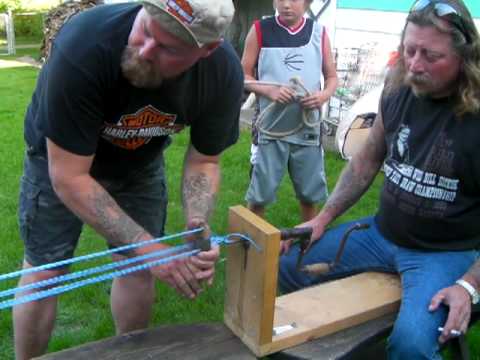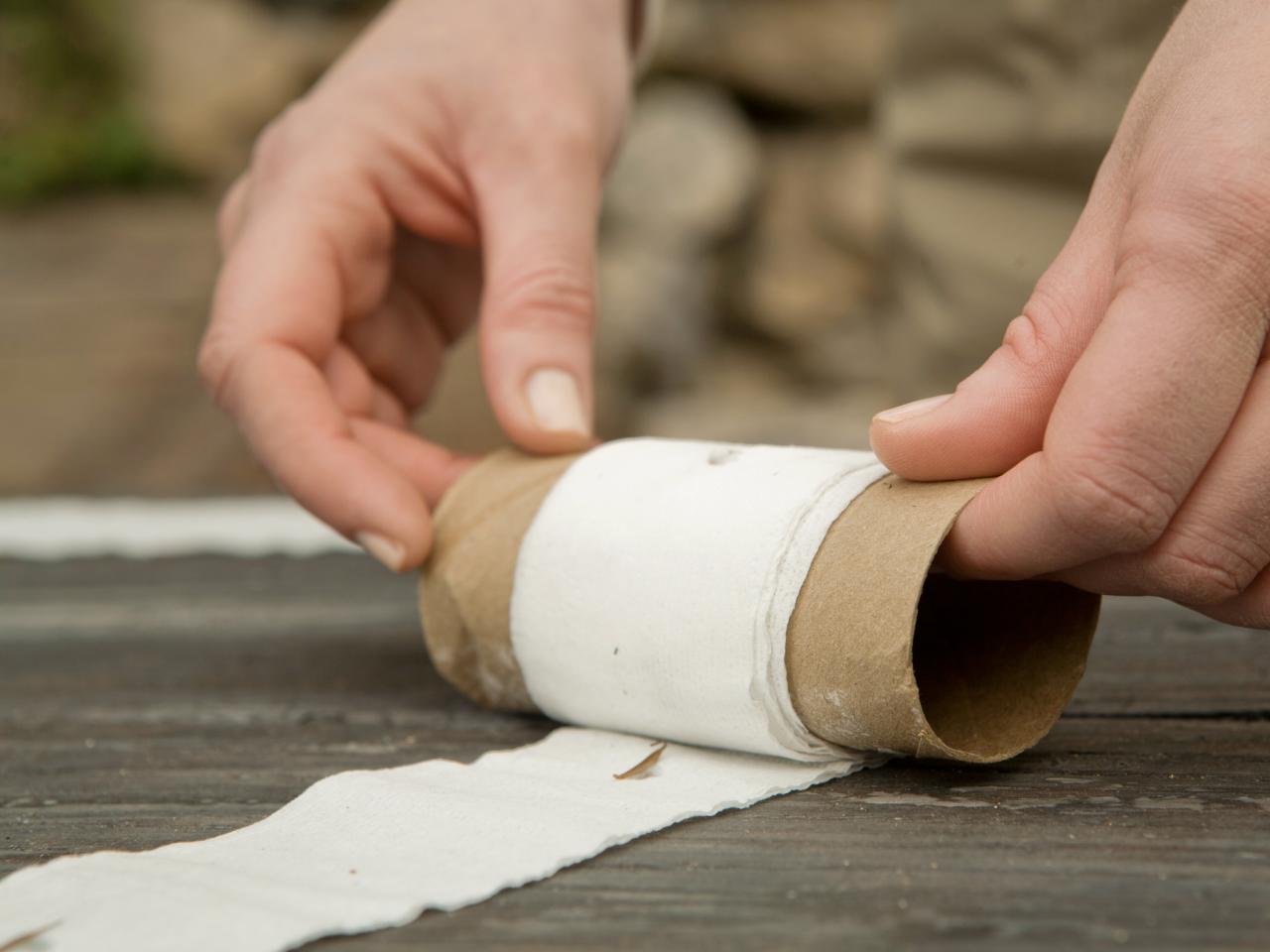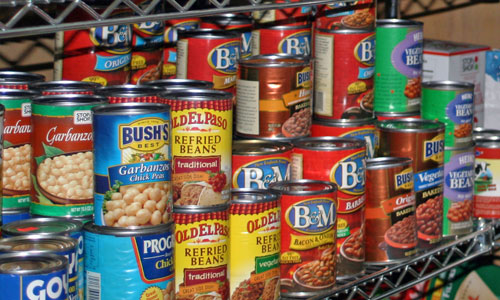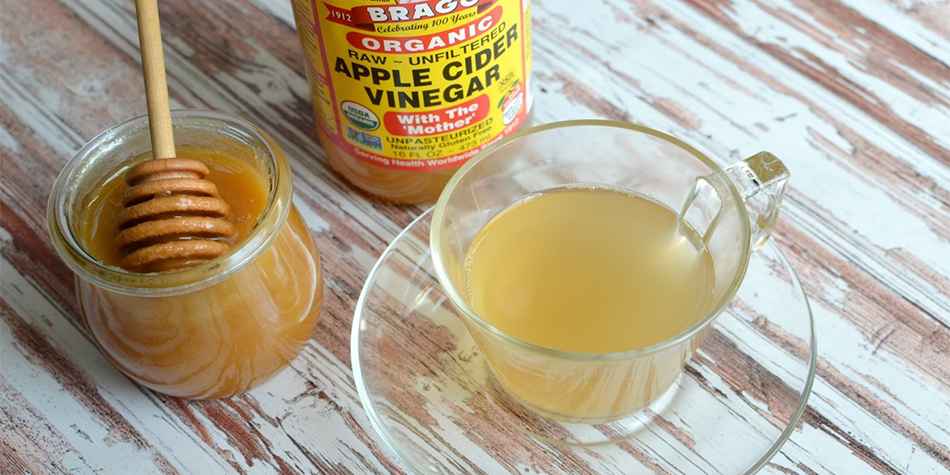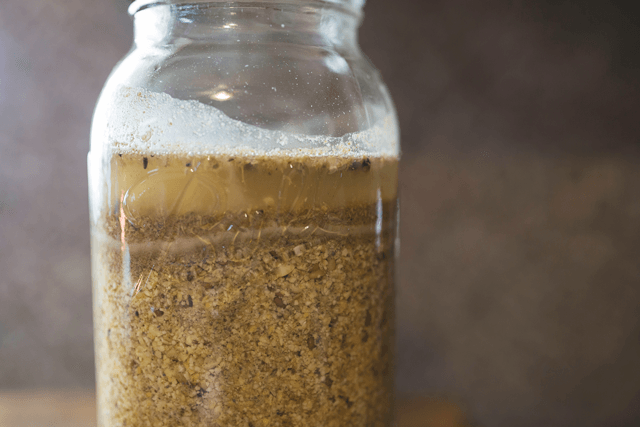Rope Making (Video)
When it comes to homesteading, I love plotting and planning for as much self-reliance as possible. And a huge part of that includes supplies. I love to see how other people make their own supplies, and this rope-making video is pretty cool. They have a pretty cool little contraption that wouldn’t be to difficult to … Read more

